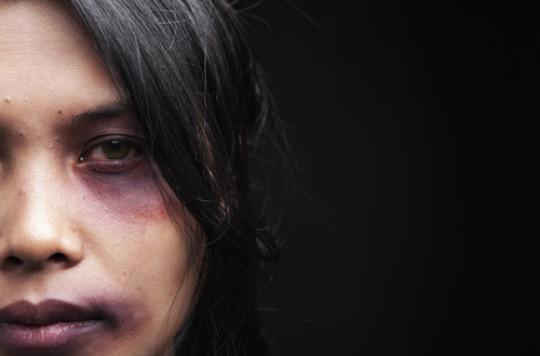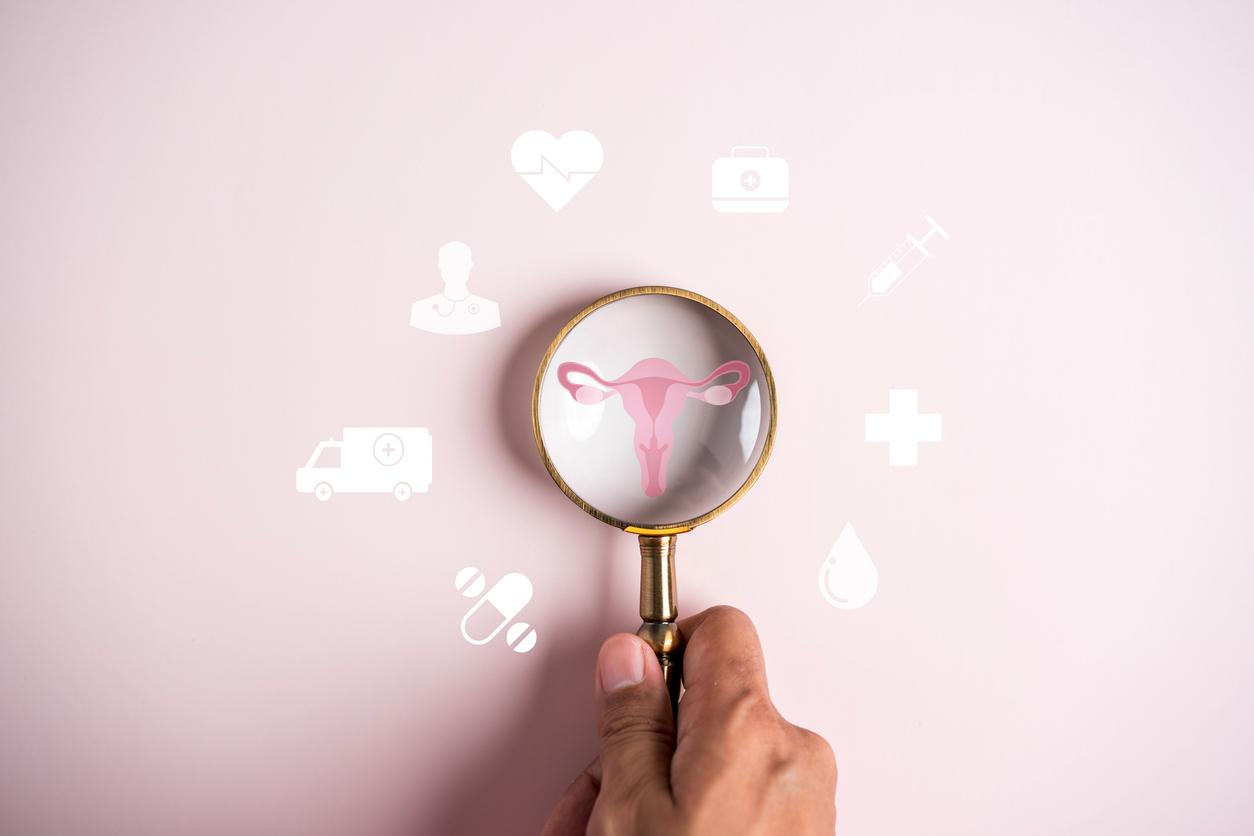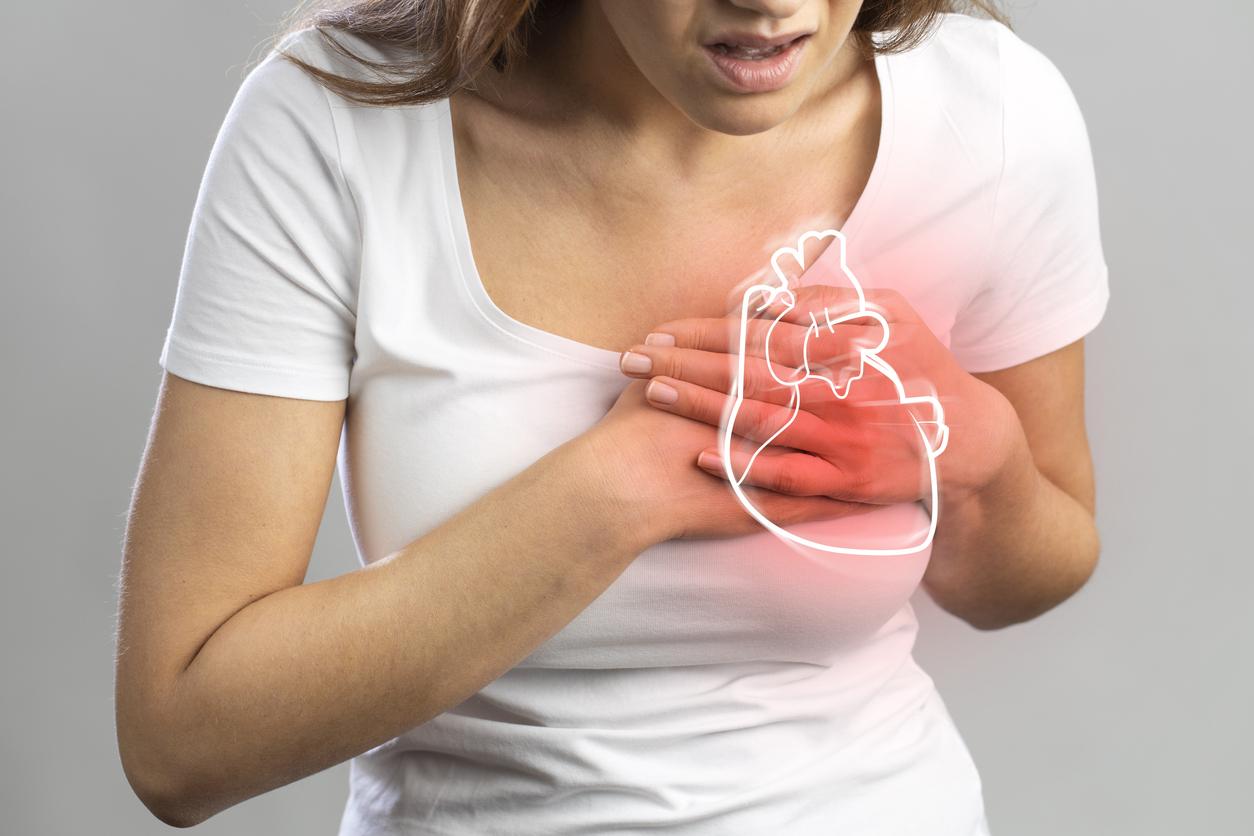Young women victims of domestic violence are isolated. The devices are struggling to identify and integrate them, according to a study.

Young women, silent victims of domestic violence. The Regional Observatory of Violence Against Women of the Hubertine Auclert Center coordinated action research on the situations and pathways of young women victims of violence in Ile-de-France. This work is the result of a survey carried out with 67 structures in the Ile-de-France region welcoming women victims of violence or young people between the ages of 18 and 25.
“Young women victims of violence are rarely brought to light and few studies are devoted to them”, specifies this Center in a press release. However, it is estimated that 20% of domestic violence concerns 20-24 year olds in Île-de-France.
“Off radar”
According to this work, young women victims of violence are “off the radar”, that is to say less spotted. Young women without children and / or in non-cohabiting couples are even more invisible. “Better identification of young women requires training for youth structures, and better information and targeted communication aimed at young women,” says the Center.
In addition, young women are exposed to multiple forms of violence, particularly sexual violence: rape, sexual assault, forced marriage, sexual mutilation and prostitution; including within the family and the couple.
“In 18% of cases of rape declared by these young women, the aggressor is the boyfriend”, we can still read. Young women represent more than 30% of women welcomed into associations fighting against trafficking and prostitution in Ile-de-France.
Underestimated violence
Young women accommodated in specialized structures more often accumulate multiple difficulties (precariousness, violence suffered in childhood, etc.). Young women express a greater need for accommodation, but the appropriate arrangements are insufficient.
In the end, “we see an underestimation of violence both on the part of society and on the part of the victims”, explains the Hubertine Auclert Center, which will present on November 8 a summary of the results with “concrete and operational” recommendations. to improve detection and prevention.
.
















